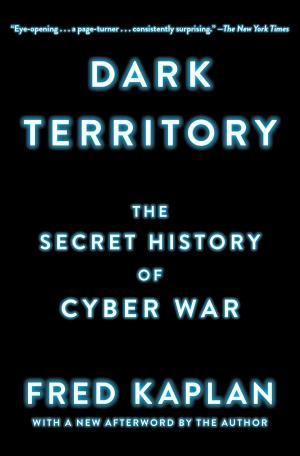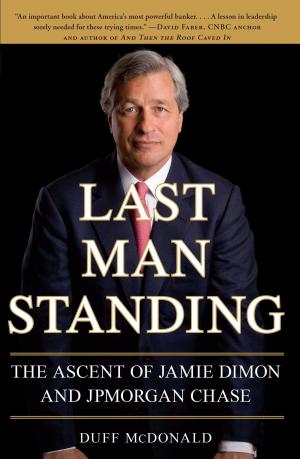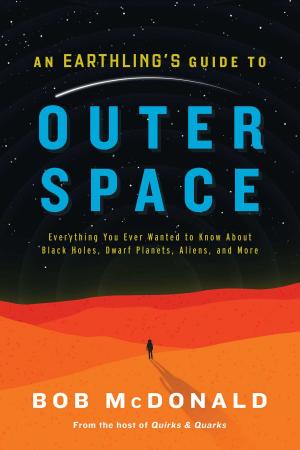On the Sweet Spot
Stalking the Effortless Present
Nonfiction, Sports, Golf, Religion & Spirituality, Occult, Spiritualism, New Age| Author: | Richard Keefe | ISBN: | 9781416584902 |
| Publisher: | Simon & Schuster | Publication: | November 1, 2007 |
| Imprint: | Simon & Schuster | Language: | English |
| Author: | Richard Keefe |
| ISBN: | 9781416584902 |
| Publisher: | Simon & Schuster |
| Publication: | November 1, 2007 |
| Imprint: | Simon & Schuster |
| Language: | English |
Like most moments of spiritual revelation, this one took place on a landfill in New Jersey.
A young man is standing at an unprepossessing driving range, hitting balls toward a distant fence, when something unusual takes place. As he begins his swing, he has the sensation that his club is drawing itself back on its own; when it is ready, it starts downward, makes perfect contact, and the ball soars off in the right-to-left arc he'd imagined, hitting the exact fencepost he'd been aiming at from 250 yards away. He steps back and wonders if he can do it again. He feels like an observer as the swing begins itself and resolves itself after perfect contact with the waiting ball, which again smacks against the distant post.
He has, for however brief a time, entered “the zone.”
Everyone who plays a sport knows that fleeting, ineffable sensation of everything falling into place: The pitched baseball looks as big as a grapefruit, the basket looks as wide as a trash can, the players around you are moving in slow motion. But as Richard Keefe, the director of the sport psychology program at Duke University, looked deeper into the nature of his experience, he found profound links to the spirit, the brain, perhaps even the soul.
Keefe recognized that the feeling golfers and other athletes have of “being in the zone” is basically the same as a meditative state. And as a researcher with experience in brain chemistry, he went one step further: If we can figure out what's happening in the brain at such times, he reasons, we can learn how to get into that “zone” instead of just waiting for it to happen. This is the Holy Grail of sport psychology—teaching the mind to get out of the way so the body can do the things it's capable of doing. Keefe calls it the “effortless present,” when the body is acting of its own accord while the brain has little to do but watch.
All religions describe some kind of heightened awareness in their disciplines; Keefe explores whether such mystical experience is a fundamental aspect of our evolution, an integral part of what makes us human and keeps us from despair. And he brings the discussion back to the applications of such knowledge, reflecting on our ability to use these alternate planes to achieve better relationships, better lives, better moments. Keefe's true subject is extraordinary experience—being in the zone, in the realm of effortless action. On the Sweet Spotbuilds from the physical and neurological to the mystical and philosophical, then adds a crucial layer of the practical (how we can capture or recapture these wondrous states). It is a work in the proud tradition of The Sweet Spot in Time, Flow: The Psychology of Optimal Experience, and How the Mind Works.
Like most moments of spiritual revelation, this one took place on a landfill in New Jersey.
A young man is standing at an unprepossessing driving range, hitting balls toward a distant fence, when something unusual takes place. As he begins his swing, he has the sensation that his club is drawing itself back on its own; when it is ready, it starts downward, makes perfect contact, and the ball soars off in the right-to-left arc he'd imagined, hitting the exact fencepost he'd been aiming at from 250 yards away. He steps back and wonders if he can do it again. He feels like an observer as the swing begins itself and resolves itself after perfect contact with the waiting ball, which again smacks against the distant post.
He has, for however brief a time, entered “the zone.”
Everyone who plays a sport knows that fleeting, ineffable sensation of everything falling into place: The pitched baseball looks as big as a grapefruit, the basket looks as wide as a trash can, the players around you are moving in slow motion. But as Richard Keefe, the director of the sport psychology program at Duke University, looked deeper into the nature of his experience, he found profound links to the spirit, the brain, perhaps even the soul.
Keefe recognized that the feeling golfers and other athletes have of “being in the zone” is basically the same as a meditative state. And as a researcher with experience in brain chemistry, he went one step further: If we can figure out what's happening in the brain at such times, he reasons, we can learn how to get into that “zone” instead of just waiting for it to happen. This is the Holy Grail of sport psychology—teaching the mind to get out of the way so the body can do the things it's capable of doing. Keefe calls it the “effortless present,” when the body is acting of its own accord while the brain has little to do but watch.
All religions describe some kind of heightened awareness in their disciplines; Keefe explores whether such mystical experience is a fundamental aspect of our evolution, an integral part of what makes us human and keeps us from despair. And he brings the discussion back to the applications of such knowledge, reflecting on our ability to use these alternate planes to achieve better relationships, better lives, better moments. Keefe's true subject is extraordinary experience—being in the zone, in the realm of effortless action. On the Sweet Spotbuilds from the physical and neurological to the mystical and philosophical, then adds a crucial layer of the practical (how we can capture or recapture these wondrous states). It is a work in the proud tradition of The Sweet Spot in Time, Flow: The Psychology of Optimal Experience, and How the Mind Works.















